Description
Garry’s coffee special features three of our more interesting coffees. Higher acidity, interesting processing, this bundle is leaning towards more exotic coffee tones.
*Bundles change over time. You will get the listed coffees at the time of order.*
A pound each of:
Burundi Mutana – Long Miles Project – Natural Processed
The name “Mutana” refers to the specific hill where this coffee was grown. Mutana is one of the highest hills supplying the estancia, with farms exceeding 2,100 meters. It lies right on the edge of the Kibira rainforest, where the soil is sandy and the air is often shrouded in a dense mist. Due to the extreme altitude, Mutana Hill coffee cherries ripen much more slowly than others, developing complex sugars and greater density. For this “Natural” lot, farmers deliver the whole cherry, which is then dried intact on raised beds for 25 to 30 days. The fruit changes from a deep red to a purplish hue similar to a prune, as the bean absorbs all the sweetness of the pulp.
In the cup, this Natural Process Burundian coffee offers a completely different experience from its washed counterpart. While the washed version was savory and herbal, Mutana Natural is fruity with jammy notes. You can expect a vibrant bouquet of red berries like strawberries and sweet raspberries with a distinctive floral note that often recalls lavender or hibiscus. Its body is dense and rich, with a lingering, honey-like sweetness. It maintains the clean structure for which Long Miles is famous, avoiding the fermented or alcoholic flavors sometimes found in less careful natural processes.
Testing Notes: We thought these beans best at a nice medium roast: clean, floral and semi-fruity cup. The lovely lighter tones balance with a little chocolate and spice note. Medium body, lower acidity, and a bit sweeter. The fruitiness is delicate and down the red fruit alley, strawberry, or a touch of lychee appear on the nose and palate, supported by a chocolate/caramel/spice darker note. We had one taster say it was more of a banana-like sweetness. Lighter roasting will accentuate the citric acidity and lean it towards mandarin/lemon tones leaving the cup crisper and sweeter but can pull a little earthy contrast if too light.
Roasting Notes: Easy to roast and versatile from light to dark. If you want to highlight floral notes and citric acidity with banana-like sweetness, aim for a lighter roast with a short development after the first crack. Medium roasting will achieve the best balance between red fruit (strawberry/lychee), caramel, and chocolate, while maintaining a very pleasant medium body. Medium-dark roasting will enhance body and more pronounced nutty/chocolate tones, hiding most of the citric and fruity tones. As a natural processed it does have higher chaff levels but will roast pretty even. Avoid entering 2nd crack if you want to maintain cleanliness and sweetness.
Indonesian Bali Org. – Kintamani – Natural
A very unique, overly fermented (very fruity) cup of joe.
Bali is a tiny island– actually, a submerged volcano peak – just off the east coast of Java, with many small coffee farms. The farmers who grow Kintamani Natural belong to cooperative organizations known as Subak Abian (SA) founded on a Hindu philosophy known as “Tri Hita Karana” (the three causes of happiness). SA co-ops foster community in agricultural, social and religious activities, and have been certified Organic since 2008. Pesticides are never used on their coffee farms, and fertilizers are 100% organic.
SA farmers grow almost all heirloom Arabicas, Typica & Bourbon. They use trees such as Erythrina, Tangerine, and Orange to shade the coffee, which improves yield and cup quality and enhances wildlife habitat.
“Kintamani Natural” is 100% sundried on raised beds; It’s perhaps the first ever special prep natural Indonesian. Raised beds keep the cherry free of dirty flavor, and facilitate very quick drying in Bali’s high altitude sun and constant island breeze. The cup is extraordinarily exotic and unique with a rich, buttery mouthfeel, while retaining Indonesia’s full-bodied, savory character. It features super-intense, brandyish fruit flavors of plum and sweet cherry at lighter roasts; darker roasts develop much heavier body with a spicy, smoky twist. An easy roaster that’s exceptionally versatile, roast Bali “Kintamani Natural” any way you’d like; slow or quick, from first crack to French, you’ll get very unique and terrific flavor!
Tasting Notes:Very fermenty/fruity, lower acidity cup with good body. A wild old world natural processed good from light to dark. A beautiful tasting bean this season: slightly fruitier but still balances with traditional Indonesian character. Hints of acidity with stronger fruitiness at lighter roasts, strong fruit/oak tones on a more nutty/earthy/chocolaty profile at darker roast points. No missing the wild side in this cup. Medium roasts are where one should shoot for their first roast, mutes some nutty tones and pronounces the chocolaty factor for some balance, still plenty of wild fruity natural processed tones in the cup. Dark roasts will introduce some smoky accents but retain great sweetness. A great balance of slow dried natural with thick and creamy dark tones all in one cup.
Roasting Notes:Higher chaff and slightly uneven roasting. Right around a full city roast (close or touching 2nd crack) is going to be the sweet spot for a bulletproof roast level. Lighter can be quite tasty as well, much more emphasis on the fruitiness, but too light and one can get some sour/herbal. Most will want to push it more towards a medium roast or darker. Right before 2nd crack mutes up a bit of fruit but gets more like a single origin mokka java blend or Yemen type cup profile, a bit of rustic chocolate and a bit of fruit – almost anyone would like that cup!
Panama Premium Boquete – Damarli Estate – Catuai Natural Processed
This is season five of working with Keith Pech, owner of Damarli Estate. He has some family in the U.P. (Michigan) and passes by our warehouse from time to time when visiting them. Keith and his father David are on the cutting edge of Panamanian coffee, which says a lot, many think top end Panama coffees are the best in the world. Because he likes us so much, we get the best chops from his farm, as well as from his friends and neighbors. A super cool direct relationship that brings some of the best Panamanian coffees to our customers. Coffee is in the Pech families blood, Keith’s mom is actually part of the Ruiz family, who’s grandfather was one of the first specialty coffee pioneers in Panama.
This Catuai Natural is one of the larger lots this season. A wonderful price for a tasty Panama natural. Catuai is a little fuller flavored strain versus the typica, hints of acidity and soft fruit mark the cup, strong nutty/chocolate like darker tones with a sweet edge. A wonderful more daily drinker from Damarli Estate.
Tasting Notes: Although similar to the Typica, this Catuai is a more potent cup, stronger acidity with more complex darker tones (a little along the lines of African coffees). Light roasts themselves will be brighter with crisp lemony floral notes and more noticeable fruit tones, nutty tones to balance out the cup. Medium roasts bring a smoother and richer cup, develop the nuttiness into more of a malty/chocolate like taste, reduces the fruitiness but keeps the sweetness, still a bit lemony upfront but has a much more noticeable malt like tone with a bit of spice to balance it out. Darker roasts pull a little bitter/malty contrast but it goes well with the roasty and smoky tones and retains a sweet edge. A little longer setup sees a smooth a sweet darker roast.
Roasting Notes: A bit dependent on personal taste what to do with this coffee and can be a bit harder to roast. High chaff, good to reduce the batch size slightly. Looks way darker roasted than it is, even at first crack, looks like you are pushing 2nd crack. If you are seeing splotches of color on a single bean, you are still in the light to medium ballpark. A strong shine to the beans are you are getting closer to 2nd crack than first. If you like acidity, floral and fruit tones, the light roast cup is pretty cool stuff. If you like traditional Panama and Central American coffee, good to go into the medium roast points to get some darker toned balance. Darker roasts will be exotic for the roast point, but we liked it best before 2nd crack. A longer setup time on these beans will help a ton, blasty coffees often need 3-5 days to start tasting their best.
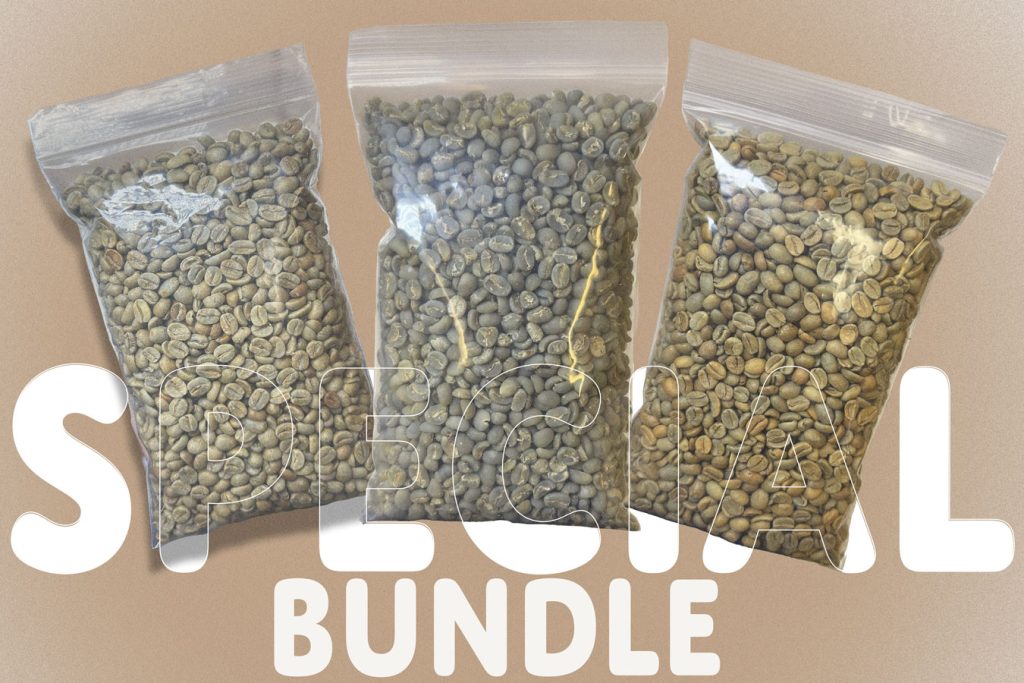
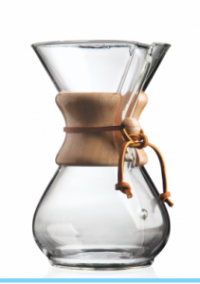
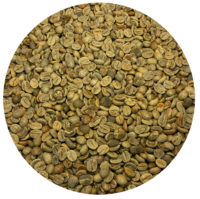
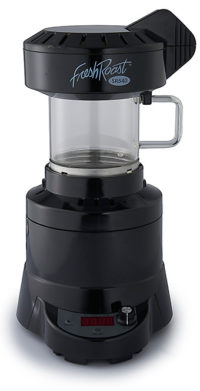
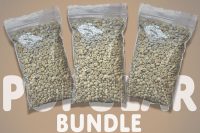
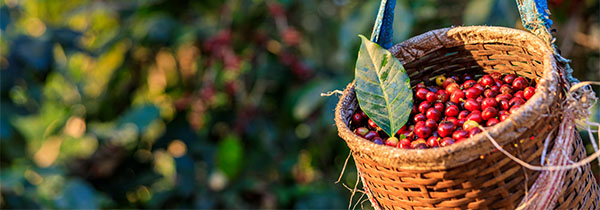
Reviews
There are no reviews yet.